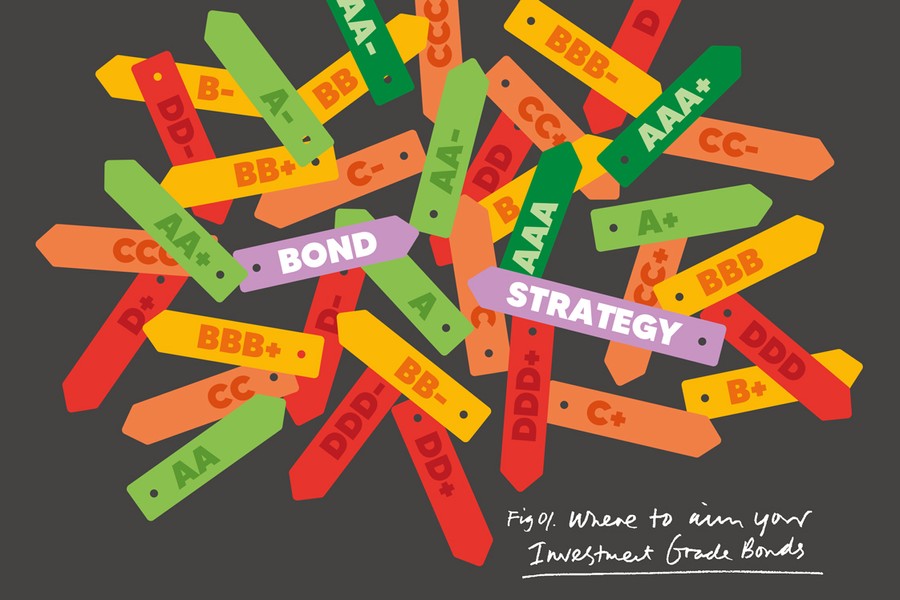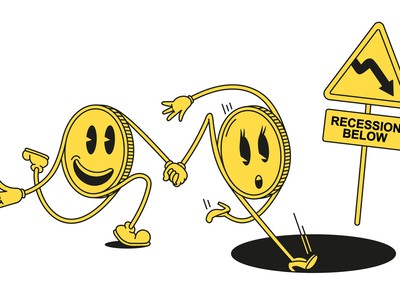Investment grade bonds or ‘IG’ are defined as having a rating of BBB or above. IG bond ratings go from the best at AAA or ‘triple A’, then to AA then to A and then to BBB. Bonds rated below BBB (ie BB, B, CCC, CC, C and D) are politely called ‘speculative grade bonds’ or, known colloquially as ‘junk’ or ‘high yield’ bonds. The lowest D rating denotes ‘in payment default’. Each category has sub-categories; so the AAA rating goes from AAA+ to AAA to AAA-.
There are three credit rating agencies that provide ratings: Standard & Poor’s, Moody’s and Fitch. IG was originally defined as the issuer having the “ability to repay debt with no concern”. Debt rated BB+ to D was considered to have “an uncertain future”. The lower the rating, the greater the probability is that the bond defaults.
The crossover between (a) investment grade and (b) junk is an arbitrary accident of history and can be traced back to 1936 when the USA introduced regulation to prohibit banks from investing in speculative investment securities (junk bonds). US banks were permitted to hold only IG bonds. ‘Investment’ grade meant banks could invest in them.
The impact of recessions on junk bonds
In theory you buy ‘blown out’ junk bonds at the bottom of a recession. This is when junk bonds should be trading at very cheap prices because many of them will have defaulted in the recession. As the economy comes out of recession, junk bonds should reprice significantly higher to reflect a lower probability of default.
As the economy grows through the economic cycle, investors should slowly increase the credit rating of their bond holdings. The strong growth that follows one recession eventually drives higher interest rates until just before the next recession, at which point investors should be holding AAA bonds. The probability of default, particularly important in a recession, is the lowest with AAA bonds.
Sensitivity to interest rate changes
As interest rates climb during post-recession recovery and growth phases, so investors should, in theory, also shorten the duration of their bonds. Duration is the average life of the bond and the life of a bond is the time to maturity. Duration takes into account the fact that you don’t get all your money back at maturity because you get interest coupons on the way. For example, the UK Government 6% of December 2028 government bond has a life of 5.6 years but a duration of 4.7 years. Duration, or modified duration to be precise, is also a way of measuring a bond’s sensitivity to interest rates.
Bonds with long durations are more sensitive to changes in interest rates. So as the cycle of growth progresses, investors may aim to reduce duration risk by owning progressively shorter dated bonds into the peak of interest rates. Then, at the peak of the economic cycle and at peak interest rates, you could switch to owning AAA long duration bonds as the economy goes into recession and governments cut rates to help growth end the recession.
Illustration by Darren Richards





